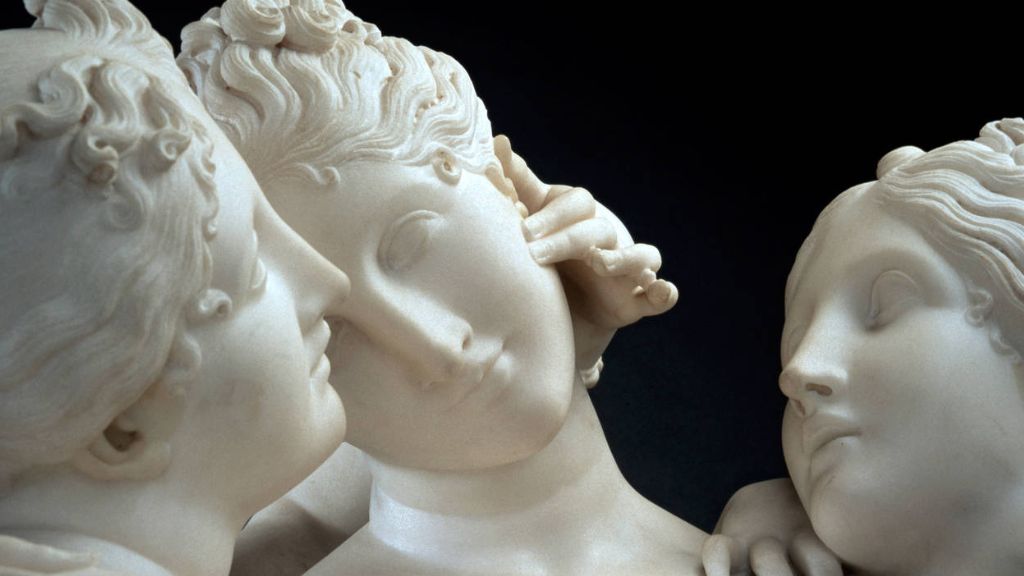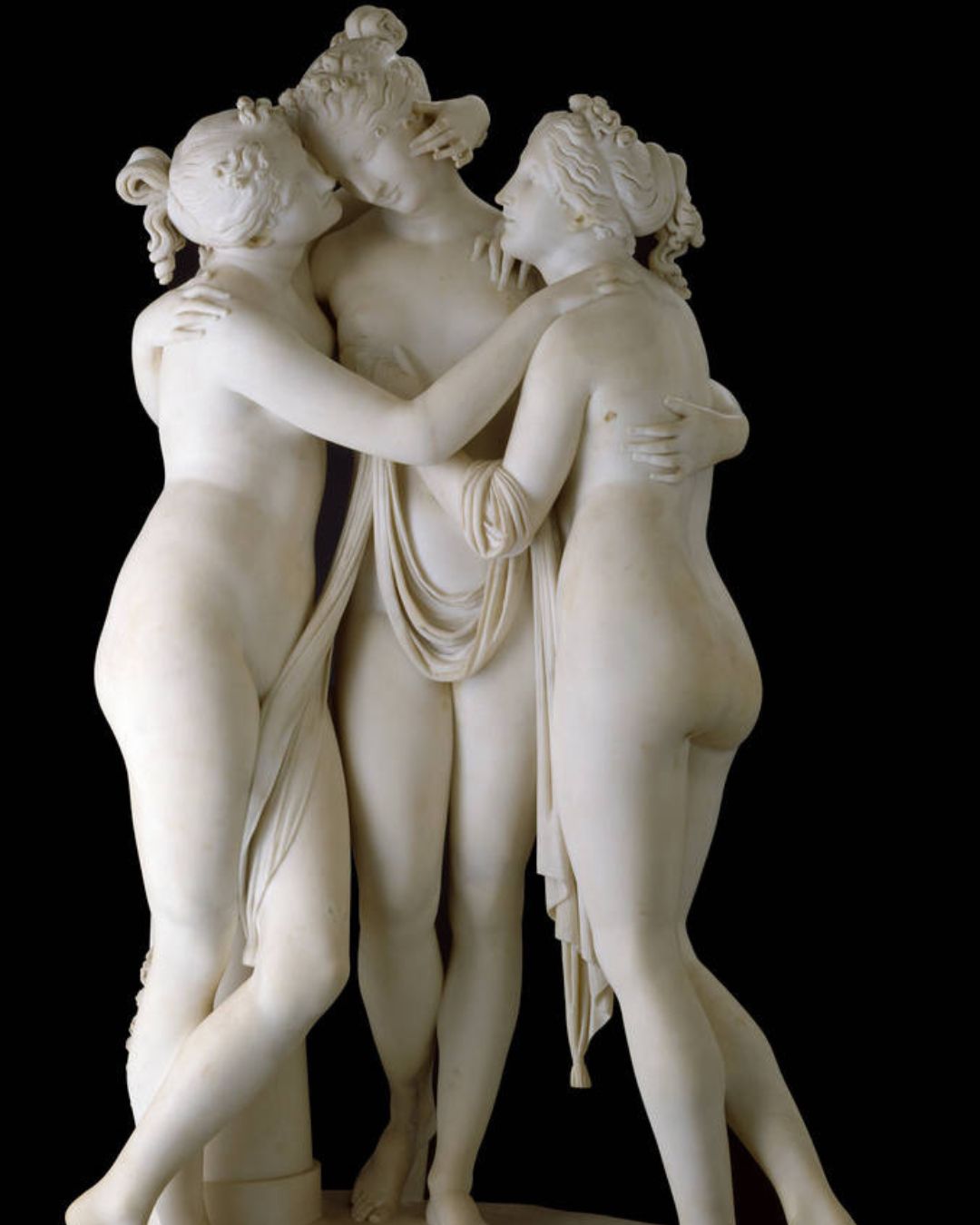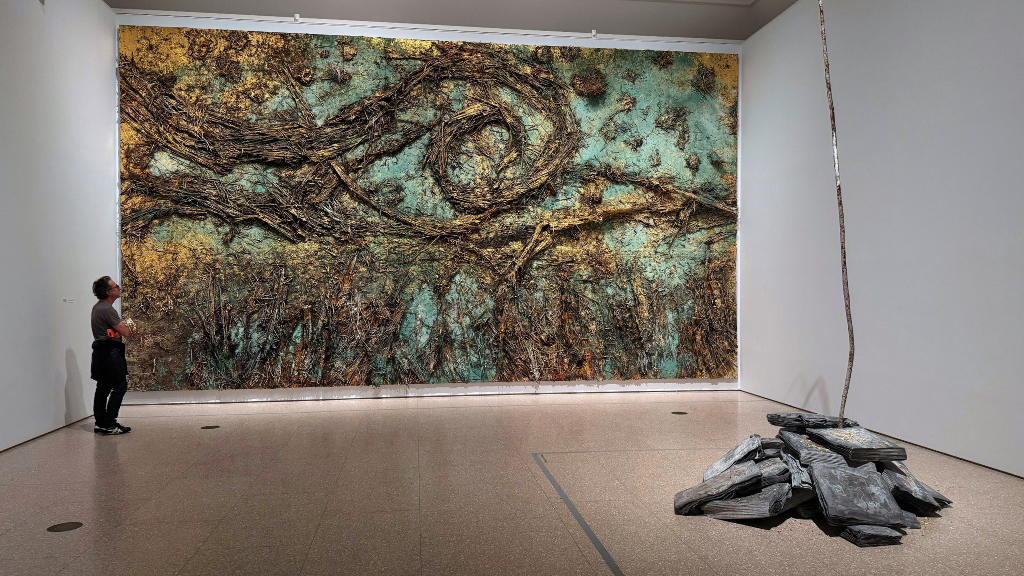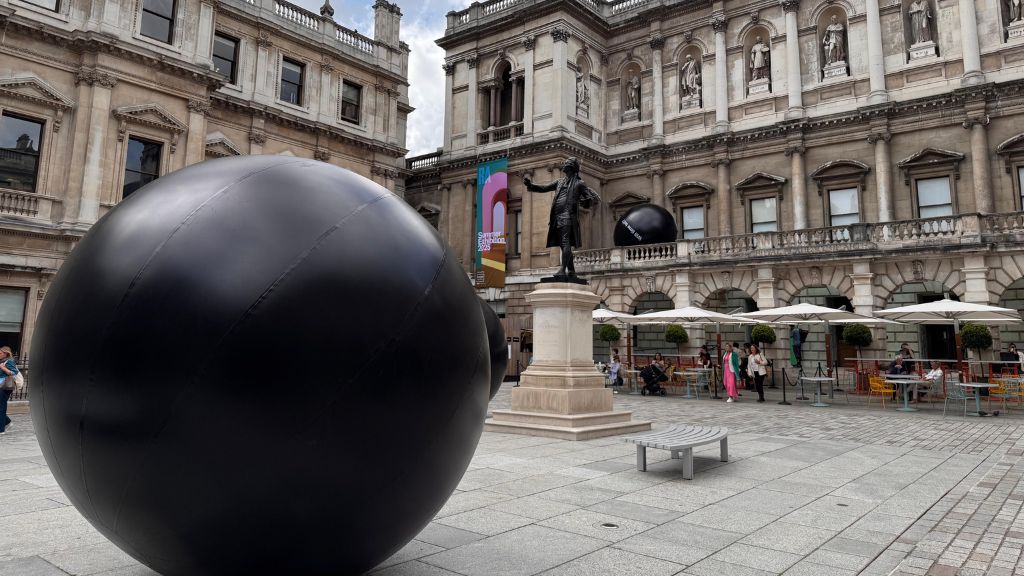
Antonio Canova’s ‘Three Graces’: Crafting a Neoclassical Masterpiece
The Italian master of marble carving, Antonio Canova, possessed a unique ability to capture the divine in the mortal and transform cold marble into works of art — he took stone and removed all the superfluous, releasing the hidden beauty within it. Afisha.London magazine tells of the legacy of this great Italian sculptor and his main creation — the sculpture ‘The Three Graces’, versions of which can be found in both the United Kingdom and Russia.
Historians consider Antonio Canova to be one of the brightest representatives of Neoclassical art, although there are those who, citing the idealization of images and the refined eroticism in Canova’s work, attribute his creations to early Romanticism. The talented hands of the sculptor brought to life such masterpieces as ‘Cupid and Psyche’, ‘Paolo and Francesca’, and, of course, the legendary ‘Three Graces’. The heroines of the sculpture — the three daughters of Zeus: the Charites Aglaea, Euphrosyne, and Thalia, embodying elegance, mirth, and beauty.
The creation of ‘The Three Graces’ for Joséphine de Beauharnais
The first version of ‘The Three Graces’ was intended for Joséphine de Beauharnais — the former Empress of France and the first wife of Napoleon Bonaparte. At her request, Canova created a work that subsequently became one of the most iconic in the world of art.
Read more: Composer Alexander Scriabin: a journey from earthly melodies to celestial aspirations
Joséphine highly valued Canova’s skill and commissioned a small sculpture from him in the hope of bringing some positive emotions into her life after her divorce from Napoleon. Canova undertook the work with enthusiasm — he wanted to create something special for Joséphine, and this commission became a new source of inspiration for him.
‘The Three Graces’ were completed in 1816, but Joséphine had died two years earlier. Consequently, the sculpture was sold and eventually found its way to the Hermitage Museum in Saint-Petersburg (Russia), where it remains to this day. This timeless dance of the goddesses is an example of how art can not only provide pleasure and heal emotional wounds, but also become a part of history.

Photo: Afisha.London
After Joséphine’s death, British aristocrat and politician John Russell, 6th Duke of Bedford entered the scene. He once visited Canova’s studio in Rome and was struck by ‘The Three Graces’. After Joséphine’s death, he attempted to acquire the sculpture, but was unsuccessful. Consequently, the Duke commissioned another version: and thus, the world was graced by another trio of Graces, no less perfect and imbued with a new spirit.
Differences Between the Two Versions of the Sculptures
The fates of these stone beauties are full of twists and turns. The first version of ‘The Three Graces’ became an adornment in the garden of Empress Joséphine and then traveled half of Europe to become an exhibit at the Hermitage. The second version, created for John Russell, belongs to two British museums: the Victoria and Albert Museum (V&A) in London and the National Galleries of Scotland. This artwork was acquired in 1994 through joint funding from the museums, several art organizations, and private individuals, and is alternately exhibited in one museum and then the other.
- The Three Graces by Canova. Photo: Victoria and Albert Museum
- The Three Graces by Canova. Photo: Victoria and Albert Museum
Asking someone to choose the better of the two versions would put them in a difficult position. The British ‘Three Graces’ radiate refined tenderness and harmoniously fit into the museum space created for them. At the same time, the sculpture in the Hermitage is endowed with a greater number of details and complex elements, making it incredibly lifelike and mesmerizing
Read more: Bakst, Benois and Dobuzhinsky: How an Extensive Collection of Russian Art Ended Up in Oxford
The Influence of Canova and His Legacy
Canova saw in sculpture the embodiment of pure and perfect art, which later served as inspiration for many artists. Even today, more than two centuries after the sculptor’s death, his divine beauties continue to amaze people around the world. They remain the pinnacle of Canova’s creativity and symbolize eternal harmony.
The two versions of the same work offer the opportunity to see how Canova’s style changed and evolved and how the sculptor approached the same theme from different angles. Both versions of ‘The Three Graces’ are important for understanding the creator’s method and for contemplating his journey in art.
However, it’s important to remember that this masterpiece is just a part of Canova’s legacy. His contribution to sculpture is much more significant, and to truly appreciate it, one should explore his other works as well.
Cover photo: Victoria and Albert Museum
Read more:
Leo Tolstoy in London: shaping the british literary landscape
Lewis Carroll in 19th-Century Russia: Monasteries, Theatres and Russian Shchi
SUBSCRIBE
Receive our digest once a week with quality Russian events and articles










